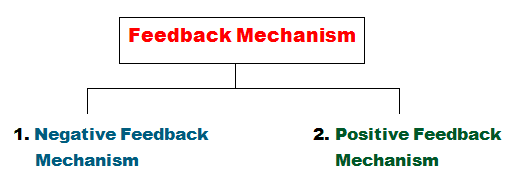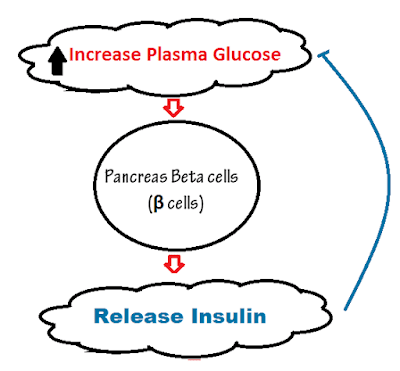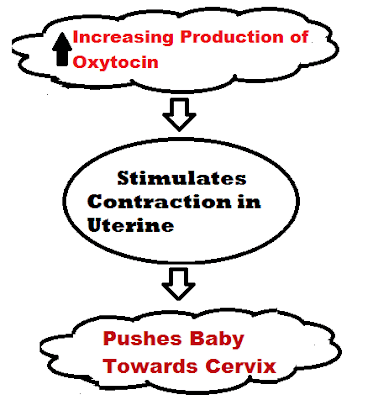Feedback Mechanism in Human Body – Feedback Loops
The body uses a feedback mechanism, which is a physiological regulatory system to monitor and maintain the body’s physiological activities.
These pathways most commonly return the body to a normal internal state (homeostasis).
Feedback loops act via nerve pathways or chemicals such as hormones to cause a stimulatory or inhibitory effect on the internal state of the body.
Feedback loops are important because based on the outcome; it decides whether it should continue performing a specific function or should stop the action. This is called a feedback mechanism and it maintains “Homeostasis” in living organisms.
Check out what are 6 levels of structural organization of the human body?
What is Feedback Mechanism in Homeostasis?
A feedback mechanism is a physiological regulation system in the body that works to return to the normal internal state of the body to maintain homeostasis.
Types of Feedback Mechanism
There are two types of feedback loops-

What is a Negative Feedback Mechanism?
A negative feedback mechanism works to decrease the product, and controlling the process of the increasing product means “one output inhibits other output”.
Negative feedback occurs when a system’s output acts to reduce the processes of that system, resulting in less output.
For example,
Blood sugar regulation

If in blood glucose level rise then stimulates to pancreas secrete insulin for balance but when insulin the level is decreased, then pancreas secretes glucose to maintain.
Glucagon; increases blood glucose concentration.
Insulin; decreases blood glucose concentration.
Pancreas alpha-cells release; Glucagon and Pancreas release beta-cell release; Insulin.
Other examples of negative feedback loops are-
Thermoregulation (temperature regulation).
Regulation of Blood pressure – If blood pressure decreases, respond to raise it. If blood pressure increases, respond to lower it.
What is a Positive Feedback Mechanism?
In a positive feedback mechanism, the output of the system stimulates the system in such a way as to further increase the output means “if one output increases, other output also increases.”
An example of a positive feedback loop is labor and childbirth, the onset of contractions in childbirth.

When a contraction begins, the hormone oxytocin is released into the body then stimulates continuously increasing production of oxytocin.
Oxytocin carried the bloodstream to the uterus stimulates uterine contraction and pushes the baby towards the cervix.
After birth, pressure on the cervix will stop, the stretching stops and the loop is interrupted.
Other examples of positive feedback mechanisms are-
Menstrual cycle, blood clotting, and
Infant feeding (sucking stimulates the oxytocin) increases the level of oxytocin.
Oxytocin then stimulates prolactin secretion, causing milk production to increase, creating a positive feedback loop.
The most important function of the feedback mechanism is in any system of the body is to bring towards homeostasis.


